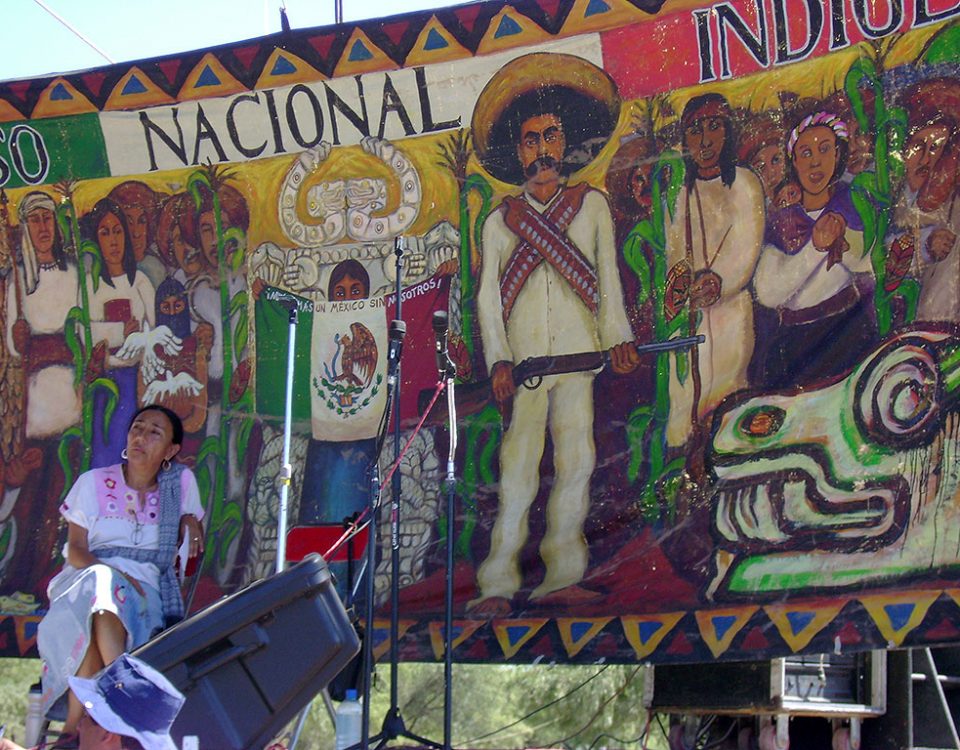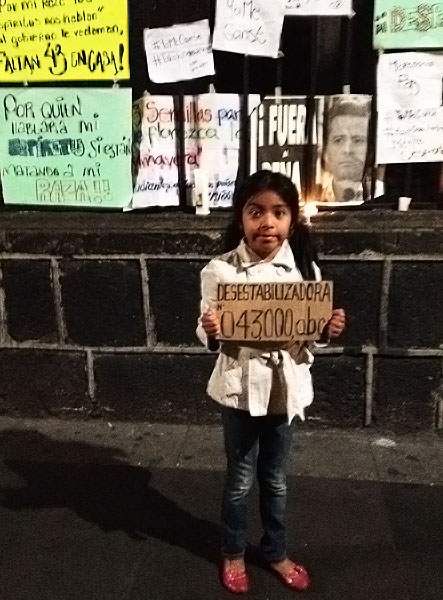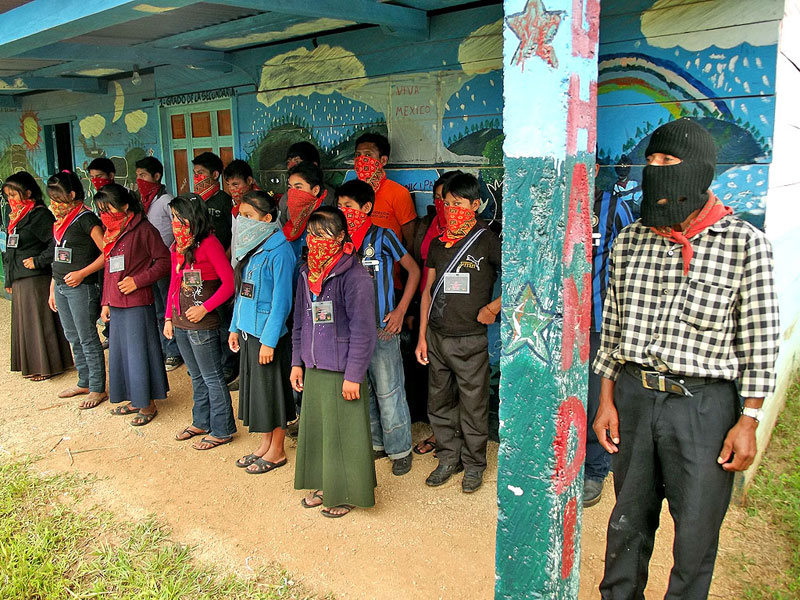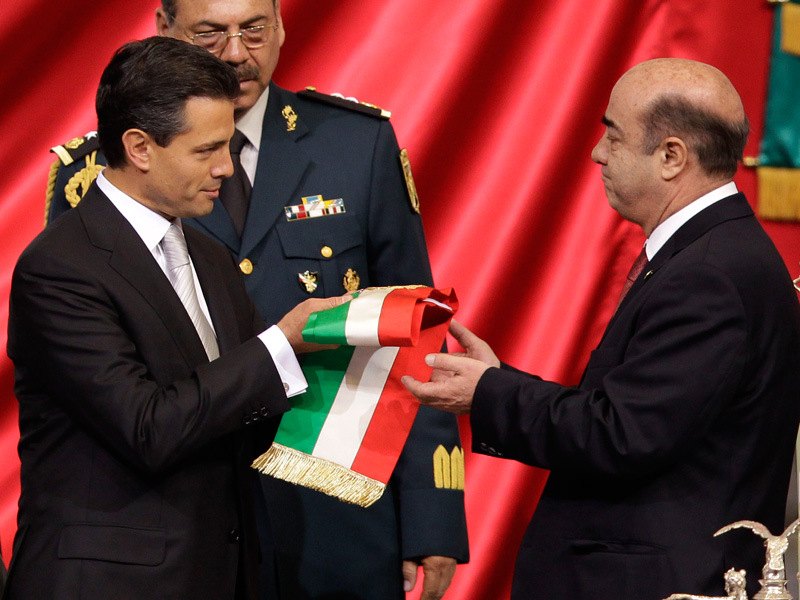SIPAZ Activities (July – October 1999)
30/11/19991995
03/02/2000In 1998, the contradiction between the efforts towards peace and the policy of force engaged in by the government became more evident. The peace process appeared to have reached a definite stalemate when there appeared three different proposals for constitutional reform with regards to Indigenous Rights and Culture: one from the Institutional Revolutionary Party (PRI), the party in power, an initiative backed by President Zedillo, and another from the National Action Party (PAN). For this reason, the possibilities that the COCOPA bill (approved by the EZLN) would be considered by Congress grew more distant. Faced with this stalemate, the CONAI dissolved in June. Bishop Samuel Ruiz explained that this decision was made based on the government attacks made against his life, the Diocese of San Cristobal, and the CONAI. For him, this was an act of protest, and not a simple withdrawal. The COCOPA failed to fulfill its function and was unable to play a significant role within a structure sometimes limited and even paralyzed by partisan interests.
 Meanwhile, the militarization of Chiapas continued. CONAI and human rights organizations estimated 70 thousand soldiers, 1/3 of the Mexican armed forces were stationed in Chiapas (the number may have been smaller, without losing the disproportionatness of the fact). The political-military operations against the autonomous Zapatista counties greatly increased (Flores Magon in April, Tierra y Libertad in May, Nicolas Ruiz and San Juan de la Libertad in June). These operations led to the detentions of dozens of people. Such detentions were illegal under the Law for Dialogue. The Zapatistas responded violently in only one case, that of San Juan de la Libertad in the municipality of El Bosque where eight deaths occurred.
Meanwhile, the militarization of Chiapas continued. CONAI and human rights organizations estimated 70 thousand soldiers, 1/3 of the Mexican armed forces were stationed in Chiapas (the number may have been smaller, without losing the disproportionatness of the fact). The political-military operations against the autonomous Zapatista counties greatly increased (Flores Magon in April, Tierra y Libertad in May, Nicolas Ruiz and San Juan de la Libertad in June). These operations led to the detentions of dozens of people. Such detentions were illegal under the Law for Dialogue. The Zapatistas responded violently in only one case, that of San Juan de la Libertad in the municipality of El Bosque where eight deaths occurred.
At the state level the new governor, Roberto Albores Guillen, launched a large offensive, through different campaigns, to re-establish “a state of Law and Order.” These campaigns included a state accord for “Reconciliation in Chiapas,” a remunicipilization plan, and a law for “Amnesty and Disarmament of Armed Civil Groups in the State of Chiapas.” The initiatives were severely criticized by the opposition because they excluded the EZLN and were seen as actions that would provoke more divisions.
Faced with these penal, military, and legal offensives, the EZLN remained silent for several months. They then made another effort for further dialogue with civil society by announcing a national referendum on the COCOPA bill based on the San Andres Accords. The EZLN was thus trying to refute the claim the government had made from the beginning – namely that the conflict was regional and not national in scope.




